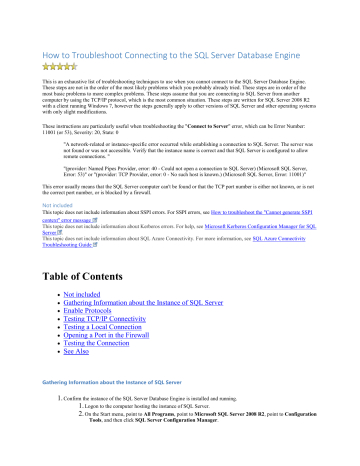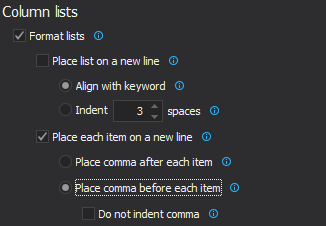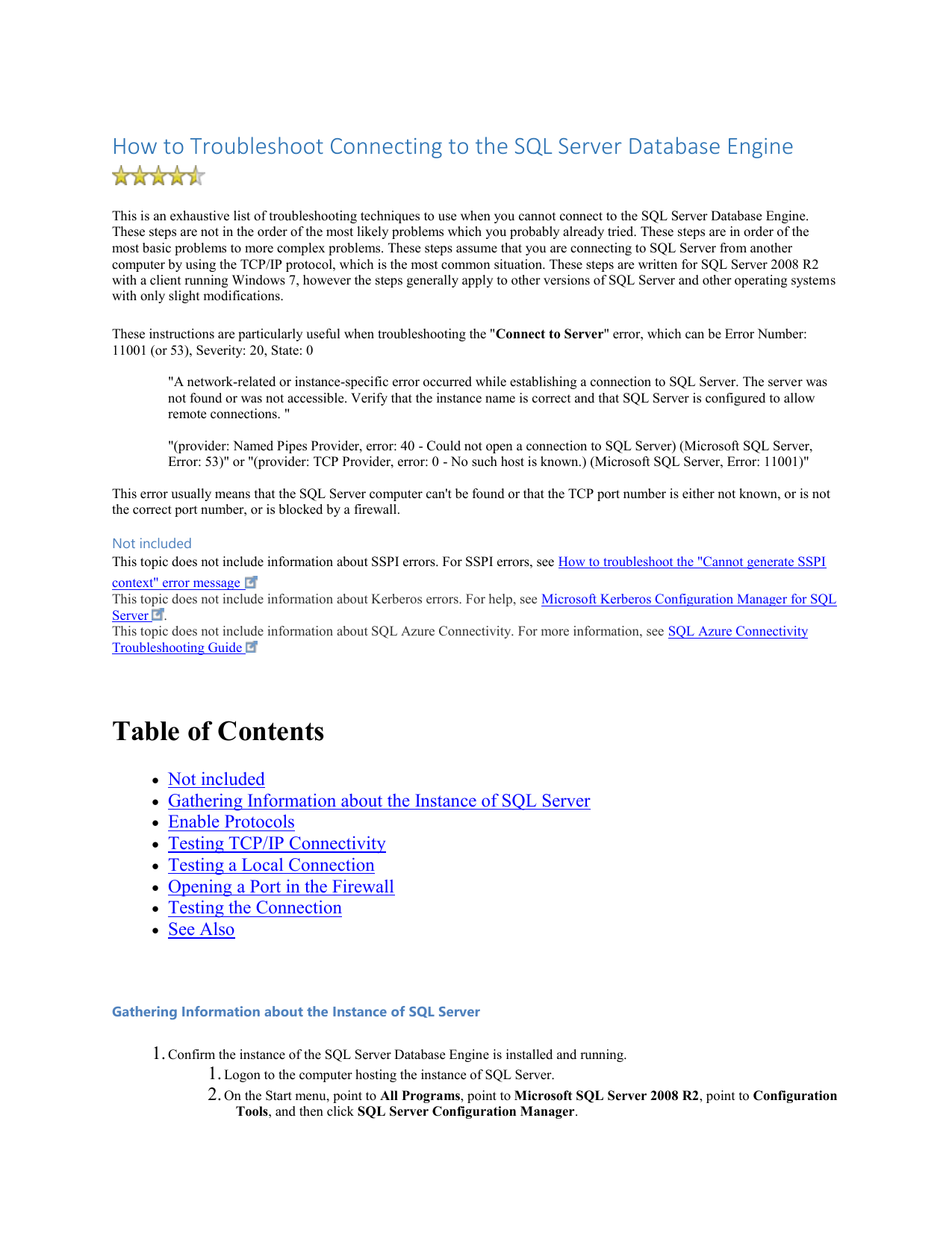

Now let us go to our database table TBL_EMPLOYEE_TEST and see if CSV data has been inserted successfully in the table or not.Īs you can see below, four records read from CSV file by our TIBCO process have been successfully inserted in the database table.Ījmal Hussain Abbasi is Integration Consultant By Profession with 11+ years experience in Integration domain mainly with TIBCO products. As you can see in below screenshot, process has run successfully. In order to test the process and verify that it works fine, load the process in designer tester. Validate the project to make sure that there are no errors there. Now we are done with all the activities configurations for our CSV Reader Process.
#EMS SQL MANAGER SHOW NUMBERS WITH COMMAS UPDATE#
Now we move towards Input mappings of our JDBC Update activity. Variable List: $Parse-Data/Output/Rows/rootĬonfiguration of group will be as shown in below screenshot: When adding this JDBC activity in a group, we need to give following configurations to our group. Query for creating this table is given below:Īs you can see, we have created four parameters in the configuration tab of our JDBC activity which means that we will be mapping input values for all these parameters in the input tab of this activity.Ĭonfiguration tab of JDBC UPDATE activity will look like below: In this case, we are inserting the data that we read from CSV file into a database table TBL_EMPLOYEE_TEST. In the configuration tab of JDBC UPDATE activity, we specify the database connection and also the SQL statement to be executed. As we are going to iterate through multiple records read from the CSV file, we will put JDBC UPDATE activity in a group. Now we need to configure our JDBC Update activity.

In the below screenshot, you can see the output tab of Parse Data activity which shows the output that this activity will generate once tested. Input tab of Parse Data activity will be like below: If your first row in CSV file is header information, you can skip it by using SkipHeaderCharacters but in my case, file is not having any header data so I have kept this as blank. I am reading 4 records from the csv file by giving the value 4 in noOfRecords. In the Input tab of Parse Data activity, give the path of CSV file which should be read. Configuration tab of Parse Data activity will look like below screenshot: As we are going to read from a CSV file, we specify File as input type. In configuration tab of Parse Data activity, browse for the Data Format that we created in Step 1 and use that.
#EMS SQL MANAGER SHOW NUMBERS WITH COMMAS HOW TO#
You can read in my other tutorial how to handle exceptions in TIBCO BW processes. I have kept the process very simple and haven’t even added Exception handling. JDBC Update activity to insert the CSV file data into a database table.Parse Data activity to parse the CSV file contents.To read the CSV file, I have created a BW process in TIBCO with following activities:

Step 2: Create BW Process to read CSV File: We don’t need to make any changes to Field Offsets tab. So we create elements for all of them in our Data Format tab as shown below:

As you can see in the snapshot of our Employee.csv file, we have Employee Code, Employee Name, Employee Designation and Employee age in comma separated form in our input file. In the Data Format tab, we specify what will be the data format that will be parsed using this activity. Complete configuration will look like below: In configuration tab of Data Format, choose Delimiter Separated as format type, comma in col separator and carriage return/line feed in line separator. Our source file that we will be reading is Employee.csv with comma separated records as shown below:įor reading this CSV file in our TIBCO BW process, we first create a Data Format by going through Add Resource àParse àData Format


 0 kommentar(er)
0 kommentar(er)
